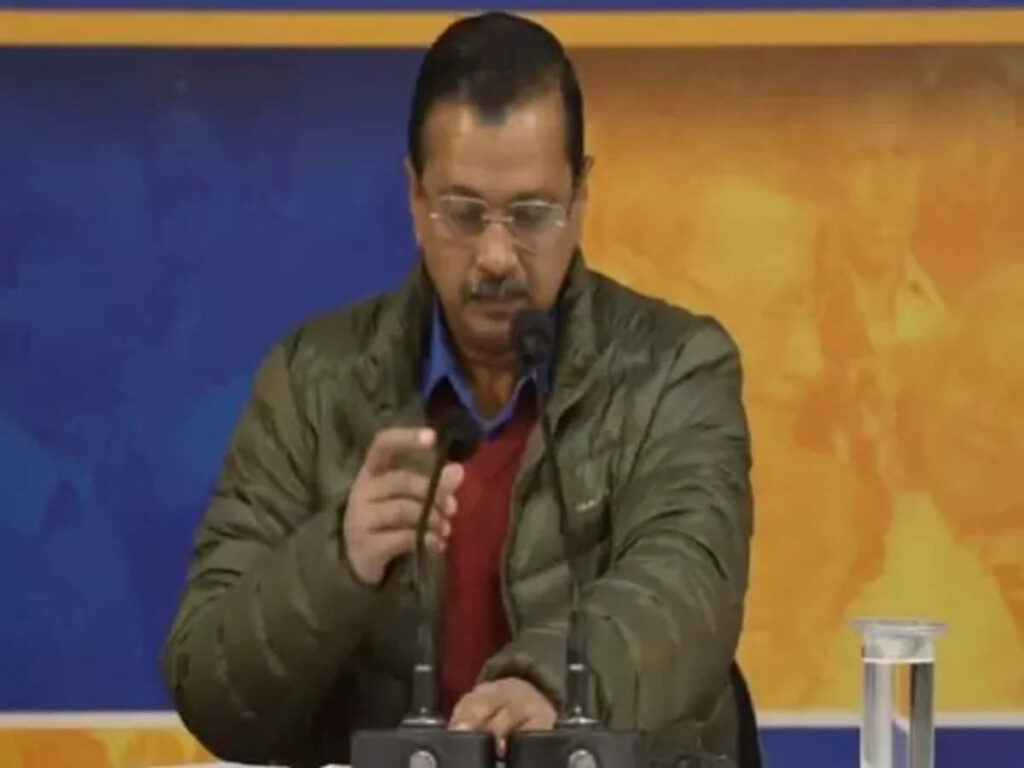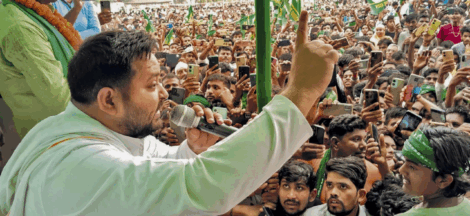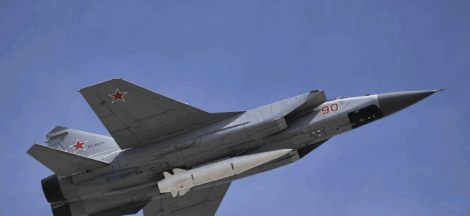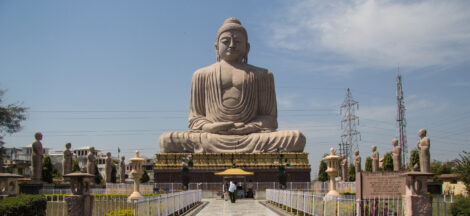Senior Congress leader Pawan Khera has clarified that the Indian National Developmental Inclusive Alliance (INDIA) was established solely for the Lok Sabha elections and does not extend to state-level polls. This statement aligns with remarks made by Rashtriya Janata Dal (RJD) leader Tejashwi Yadav, who emphasised that the alliance’s primary focus was the national elections.
Khera elaborated that while the INDIA bloc functioned as a united front during the Lok Sabha elections, individual parties retain the autonomy to decide their strategies for regional elections. This approach allows parties to assess local political dynamics and determine whether to contest state elections independently or in collaboration with other parties.
The clarification comes amid discussions about the alliance’s role in upcoming state elections. Some political observers had speculated about the possibility of the INDIA bloc extending its collaboration to state polls to counter the Bharatiya Janata Party’s (BJP) influence. However, Khera’s statement indicates that such decisions will be made on a case-by-case basis, considering the unique political landscapes of each state.
The INDIA alliance, comprising parties like the Congress, RJD, and others, was formed to present a united opposition against the BJP in the national elections. The coalition aimed to consolidate votes and provide a formidable challenge to the ruling party by addressing shared concerns and presenting a collective vision for the country’s future.
In the aftermath of the Lok Sabha elections, where the BJP secured a significant majority, discussions have emerged regarding the effectiveness and future of the INDIA bloc. Some analysts argue that the alliance should continue its collaboration at the state level to strengthen opposition unity, while others believe that regional parties should maintain their independence to cater to local issues and electorates.
Khera’s clarification underscores the Congress party’s stance that the alliance was a strategic move for the national elections. It also highlights the party’s recognition of the diverse political contexts across India’s states, necessitating tailored approaches for regional elections.
This perspective allows constituent parties of the INDIA bloc to navigate their regional political environments effectively. By retaining the flexibility to form alliances or contest independently in state elections, parties can address local issues more directly and appeal to their specific voter bases.
The BJP has responded to these developments by asserting that the opposition’s alliance was primarily driven by a shared apprehension of Prime Minister Narendra Modi’s popularity and the party’s electoral success. Union Minister Giriraj Singh remarked that the opposition parties united due to their fear of Modi’s leadership and the BJP’s growing influence.
As state elections approach in various parts of the country, it remains to be seen how the former allies within the INDIA bloc will position themselves. The decisions made by these parties will likely be influenced by regional political calculations, historical alliances, and the specific needs and aspirations of their constituencies.
Political analysts will closely monitor these developments to assess the evolving dynamics of opposition politics in India. The strategies adopted by the former INDIA bloc members in state elections could have significant implications for the balance of power at both state and national levels.
In summary, Pawan Khera’s clarification delineates the intended scope of the INDIA alliance, reaffirming its primary focus on the Lok Sabha elections. This approach provides constituent parties with the flexibility to navigate their regional political landscapes independently, allowing them to address local issues and electorates effectively.




 Lenders Chase Medium-Term Deposits For Liquidity Cover
Lenders Chase Medium-Term Deposits For Liquidity Cover 